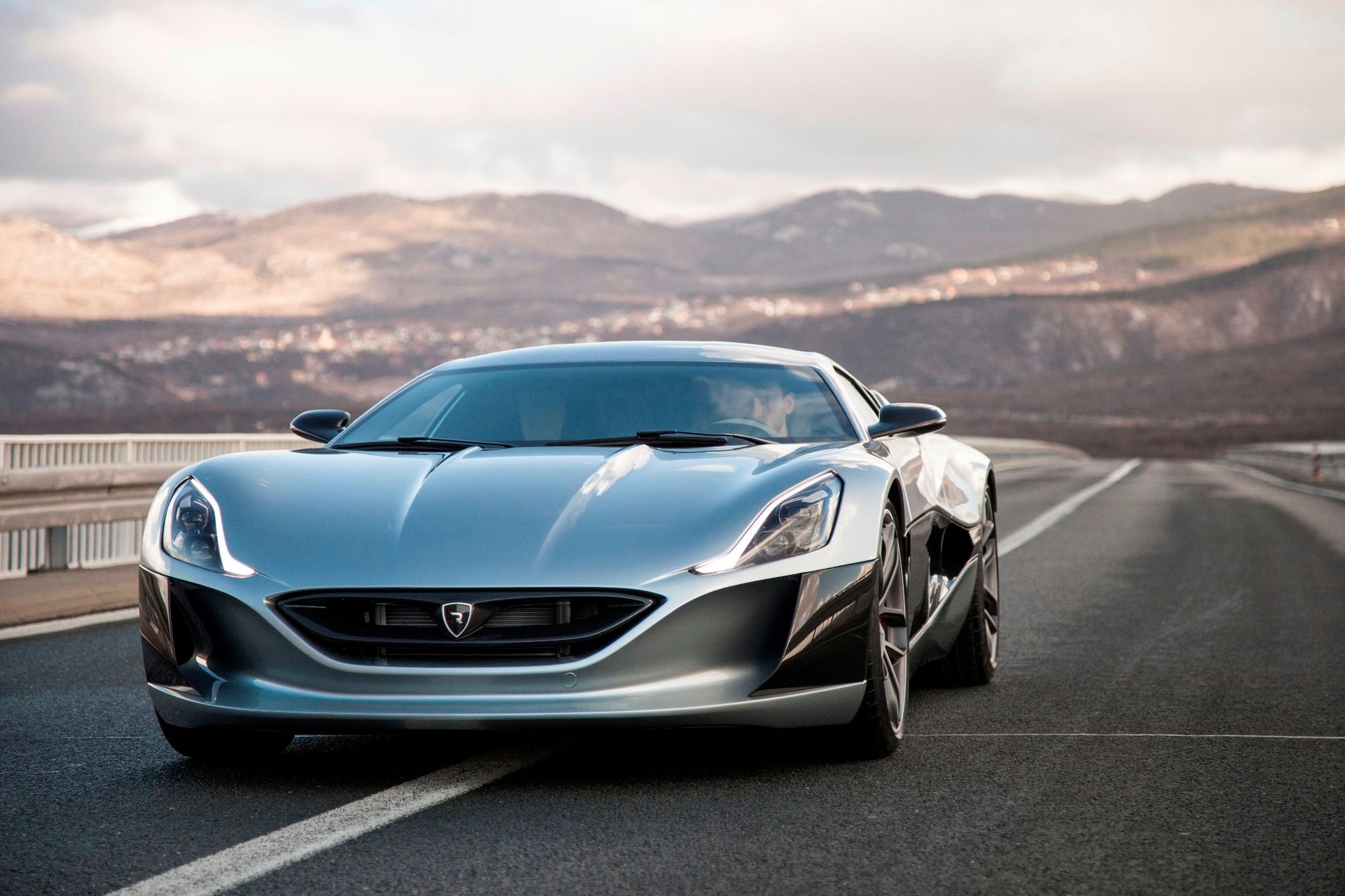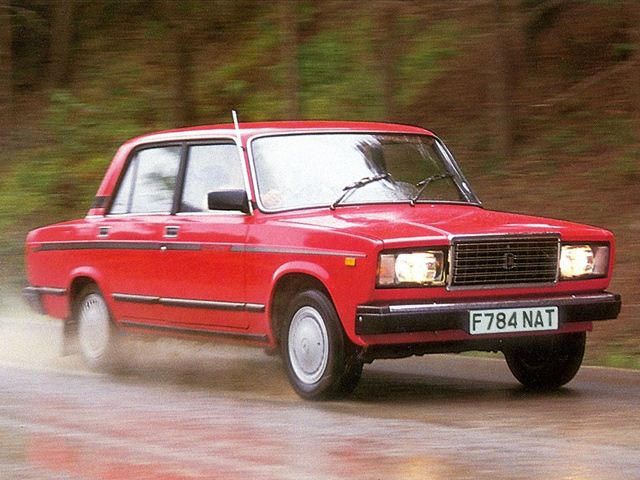
You've probably never thought of the US automotive market as being lucky for having gotten the Yugo, but it was a damn S-Class compared to the Lada Riva. Ok, that might have been a slight exaggeration, but the fact remains that the Riva was a very special kind of awful. The Yugo was actually based on an old Fiat, the 127, but the Riva is based on the even older 124. So you could think of the Riva as an older version of the Yugo which Lada didn't even pretend to put together properly.
The history of the Riva starts in 1966. Fiat had just debuted the small 124 model, and would enter into an agreement with the government of the Soviet Union to allow license-built versions to be built there, as part of a new company called VAZ. Construction began on a massive VAZ factory in Russia, and the first car would finally roll off the production line in 1970. This car had the catchy name VAZ-2101, and it was actually not terrible for Soviet standards at the time. There were a few differences, such as drum instead of disc brakes, thicker sheet metal, and a hand crank for cold Siberian mornings when the battery might be dead and the electric starter would not work.
It made just 58 horsepower, but weighed only 2,105lbs. Given the fact that Fiat's own reputation for build quality when it came to the original 124 was pretty appalling, the VAZ-2101 was just bad, not terrible. The car got something of a facelift in 1980, and it began being exported as the Lada Riva, with both the make and model names being used for export models only. It was billed as a new model, but in truth it was still the same as the 2101. But the advantage of a communist-built copy of a 14-year-old Italian economy car is that it is very cheap, and a number were sold in Western Europe for several years.
Production was also no longer limited to Russia, as the Ukrainian version was built by ZAZ, as well as a versions for what was then West Germany (not a typo, it was west). These cars were pretty terrible, but even in Western Europe, small and cheap cars have a bigger market than the Yugo had in the US, and sales eked by in quantities sufficient enough to justify the Riva's continued exportation. It wasn't until 1997 that the Riva was finally denied entry into Western Europe as a result of tighter emissions regulations. But production continued for the car's home markets.
In 2010, the sedan model was discontinued, followed in 2012 by the wagon. But that's just in Eastern Europe. If you want a brand new version of a Soviet redesign of an ancient Fiat, you're in luck. The Riva is still being built, not in huge numbers, but the last remaining version is currently being made in Egypt. The Egyptian version is still basically the same as the 1980 model, which is mechanically more or less identical to the 1966 Fiat. There might be older platforms still being produced in some parts of the world, but the Lada Riva remains as one of the worst.
It's that particular blend of Soviet influence on a car that is now nearly 50 years old and comes from an era when Fiat was itself a joke when it came to things like reliability. It is a perfect storm automotive disaster, and seems like a terrible idea even when compared to the Yugo. But with a price of just $7,200 for a 2013 model in Egypt, it cannot be denied that it is still very cheap.

